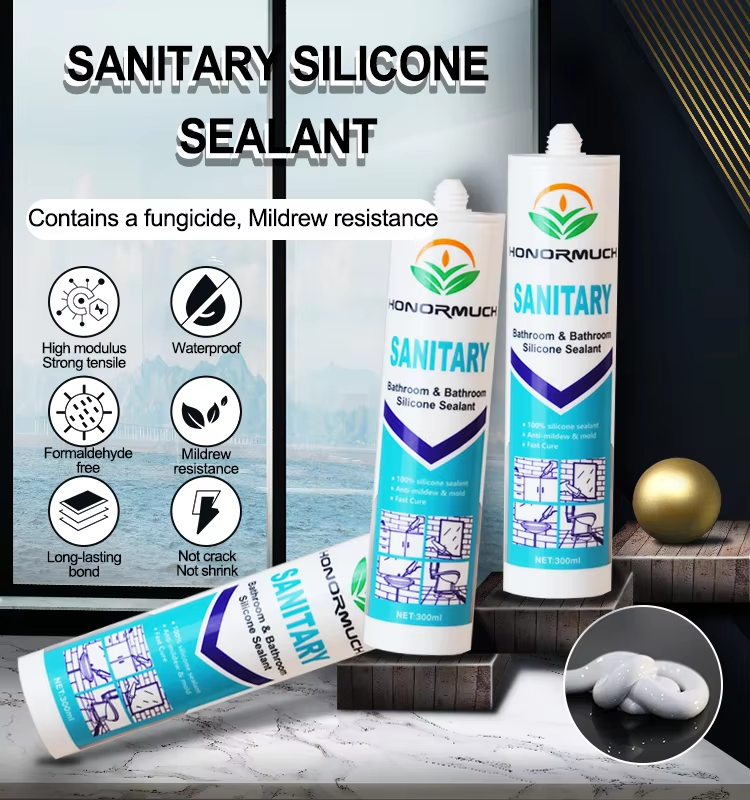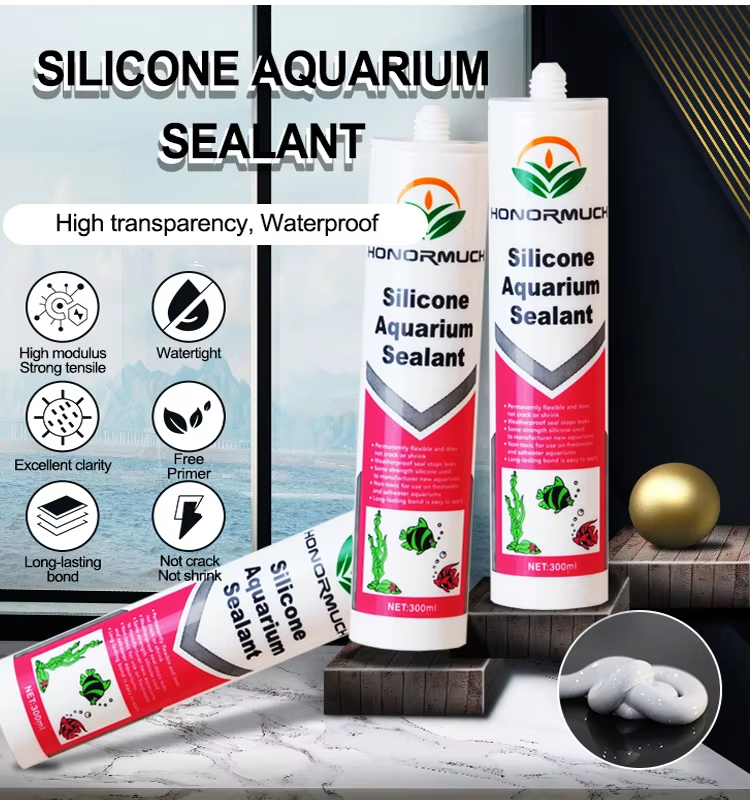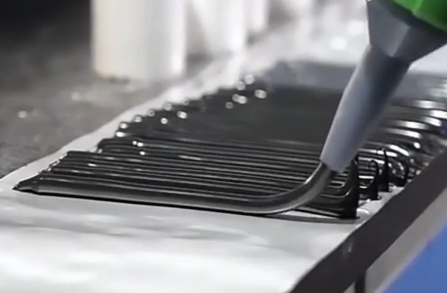How to prevent sealant from “bulging”?
A. Choose a sealant with a relatively fast curing speed. In addition to environmental factors, the curing speed is mainly determined by the formula characteristics of the sealant itself. It is recommended to use the “winter quick-drying” product produced by our company or adjust the curing speed separately for a specific use environment to reduce the chance of “bulging”.
B. Construction time selection: If the relative deformation of the glue joint (absolute deformation/glue joint width) caused by low humidity or temperature difference, glue joint size, etc. is too large, no matter what sealant is used, it still bulges. What should I do?
1) Seize the time to construct on cloudy days, because the temperature difference between day and night is small on cloudy days, the deformation of the glue joint is small, and it is not easy to bulge.
2) Use appropriate shading measures, such as using dustproof nets to block the scaffolding, so that the panel is not directly exposed to the sun, reduce the temperature of the panel, and reduce the deformation of the joint caused by the temperature difference.
3) Choose the right time to glue.
C. Use open-pored backing materials to facilitate air circulation and accelerate the curing speed of the sealant. (Sometimes, the foam stick is too wide and deformed during construction, which can also cause bulging).
D. Apply glue to the glue joint twice. That is, first apply a layer of sealant to the concave glue joint, wait for it to solidify for 2 to 3 days and become elastic, and then apply a layer of sealant on its surface. This method can ensure the smoothness and beauty of the surface glue joint.
In summary, the “bulging” phenomenon after the sealant is applied is not a quality problem of the sealant, but a phenomenon caused by the combination of multiple unfavorable factors. The correct selection of sealant and the adoption of effective construction preventive measures can greatly reduce the probability of “bulging”.









